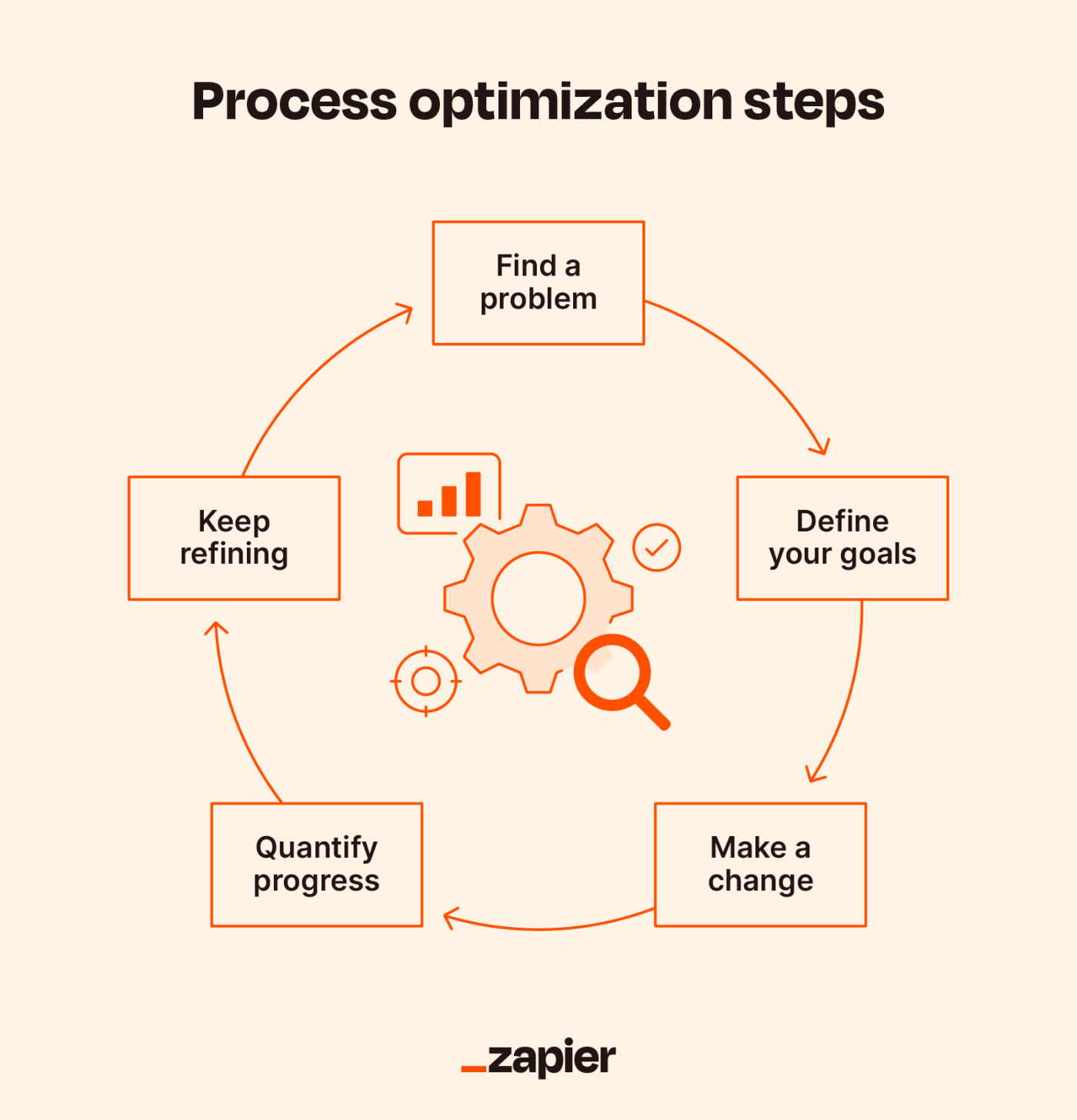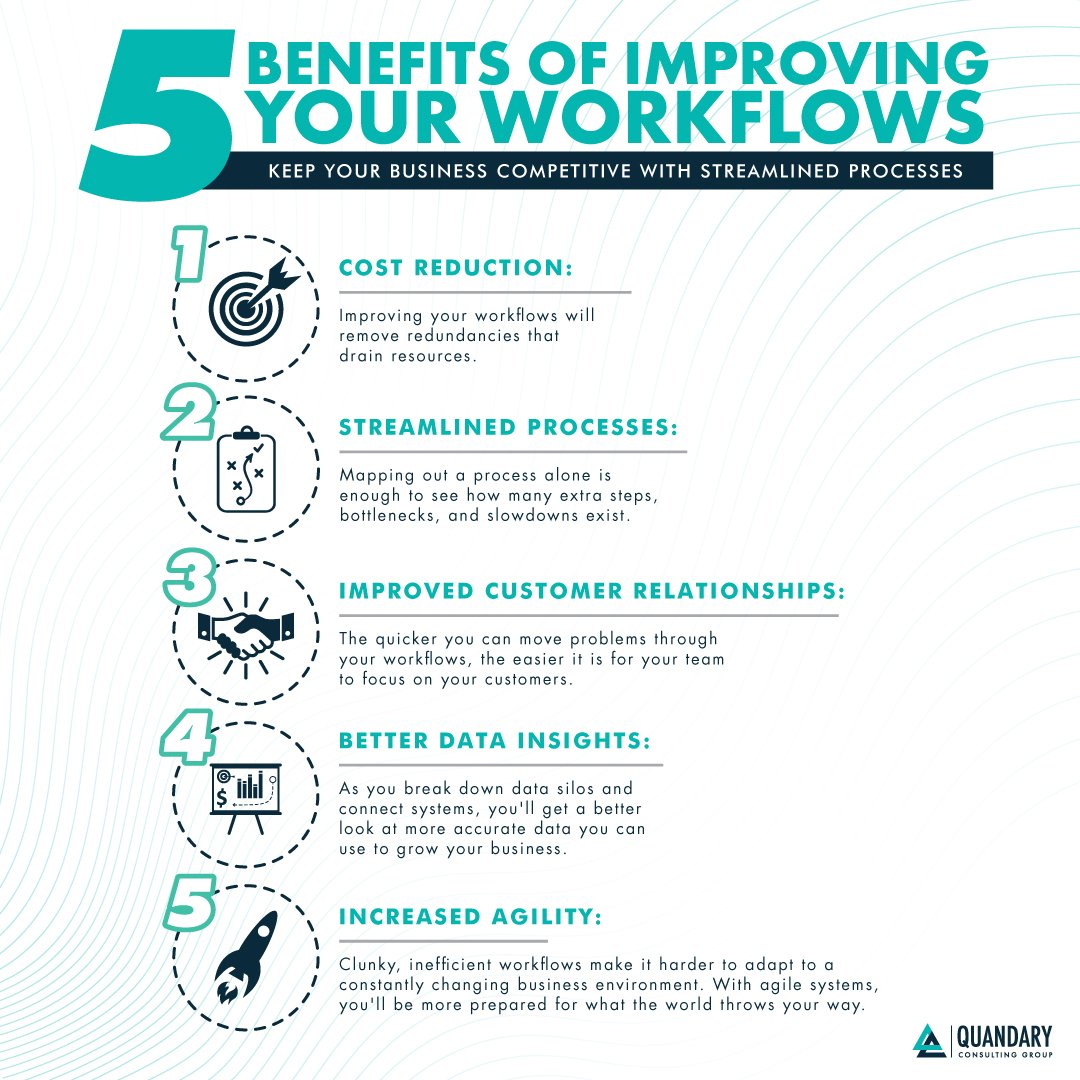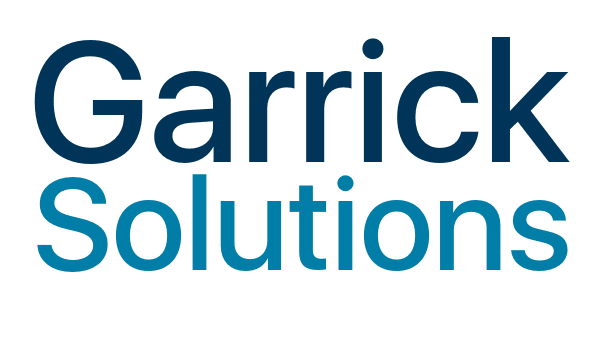
In today’s fast-paced business world, finding ways to streamline workflows and optimize processes is essential for success. Enter the role of business optimization, a key factor in improving efficiency and productivity. By identifying areas of improvement and implementing strategic changes, businesses can unlock their full potential and achieve greater results.
At its core, business optimization is about finding ways to make operations more effective and efficient. It involves analyzing current workflows, identifying bottlenecks, and implementing solutions to streamline processes. When done right, it can lead to significant improvements in productivity, cost savings, and customer satisfaction. From small startups to large corporations, every business can benefit from optimizing their operations to stay competitive in today’s market.
So, how does business optimization actually work? It starts by evaluating the existing workflows and identifying areas that are causing delays, inefficiencies, or unnecessary steps. This analysis can be done through data-driven approaches, such as process mapping or data analysis, to gain insights into the current state of operations. Once the pain points are identified, the next step is to develop and implement solutions that address these issues. This can involve automation, reorganizing tasks, implementing new technologies, or improving communication channels. The goal is to create a more streamlined and efficient workflow that maximizes productivity and minimizes wasted time and resources.
Ultimately, business optimization is a continuous process. As businesses evolve and grow, so do their workflows and operational needs. By regularly evaluating and optimizing their processes, businesses can stay ahead of the curve and adapt to changing market demands. So, whether you’re a small business owner or a corporate executive, understanding the role of business optimization in streamlining workflows is crucial for long-term success. It’s time to unlock your business’s full potential and pave the way for future growth.
Business optimization plays a crucial role in streamlining workflows, ensuring efficiency and productivity. By analyzing and improving various aspects of a business, such as processes, systems, and resources, optimization helps identify bottlenecks and eliminate unnecessary steps. This leads to smoother operations, reduced costs, and better utilization of resources. With the right strategies and tools, businesses can optimize their workflows to maximize output and achieve their goals more effectively.

The Role of Business Optimization in Streamlining Workflows
Business optimization plays a crucial role in streamlining workflows and enhancing overall efficiency. By implementing strategies and techniques to improve various aspects of a business, organizations can achieve higher productivity, reduced costs, and improved customer satisfaction. In this article, we will explore the significance of business optimization and how it can positively impact workflow management.
Benefits of Business Optimization
Business optimization brings several benefits to organizations looking to streamline their workflows. Firstly, it helps identify and eliminate inefficiencies in various processes. By analyzing the existing workflows, businesses can identify bottlenecks, redundancies, and unnecessary steps, allowing them to streamline operations and save valuable time and resources.
Furthermore, business optimization enables organizations to enhance their overall productivity. By implementing effective strategies, such as automation and process standardization, businesses can eliminate manual and repetitive tasks, allowing employees to focus on more value-added activities. This not only increases productivity but also improves employee morale and job satisfaction.
Another significant benefit of business optimization is cost reduction. By eliminating inefficiencies and redundancies, organizations can save costs associated with unnecessary resources, time wastage, and errors. This can lead to significant cost savings, allowing businesses to allocate resources more efficiently and invest in areas that drive growth and innovation.
Implementing Business Optimization Strategies

To successfully implement business optimization strategies, organizations need to follow a systematic approach. Firstly, it is essential to conduct a thorough analysis of the existing workflows and identify areas for improvement. This can be done through data analysis, process mapping, and engaging employees at different levels to gather insights.
Once the areas for optimization are identified, organizations can start implementing changes. This can involve adopting new technologies, automating processes, reorganizing teams, or implementing new policies and procedures. It is crucial to ensure that all stakeholders are involved in the process and understand the reasons behind the changes to ensure smooth implementation and adoption.
Regular monitoring and evaluation of the optimized workflows are also essential. This allows organizations to assess the effectiveness of the changes and make further adjustments if needed. Continuous improvement is a key aspect of business optimization, ensuring that organizations stay agile and responsive to changing market dynamics.
Automation in Workflow Management
Automation plays a crucial role in business optimization and streamlining workflows. By automating repetitive and manual tasks, organizations can save time, reduce errors, and improve overall efficiency. Automation can be implemented in various areas, such as data entry, report generation, customer service, and inventory management.
One of the key benefits of automation is the reduction of human errors. Manual data entry, for example, is prone to errors, which can have significant consequences for businesses. By automating data entry processes, organizations can minimize the risk of errors and ensure data accuracy and integrity.
Furthermore, automation enables organizations to handle larger volumes of work efficiently. With manual processes, businesses often face limitations in terms of scalability. By automating tasks, businesses can handle increased workloads without compromising quality or productivity.
Standardization and Process Optimization
Standardization and process optimization are crucial elements of business optimization. By standardizing processes, organizations can ensure consistency, reduce errors, and improve overall efficiency. Standardization involves defining clear procedures, guidelines, and best practices that are followed across the organization.
Process optimization, on the other hand, focuses on identifying and eliminating bottlenecks and inefficiencies in workflows. This can involve reorganizing work sequences, eliminating unnecessary steps, and improving communication and collaboration between different teams and departments.
By combining standardization and process optimization, organizations can create a more streamlined and efficient workflow. This not only improves productivity but also enhances customer satisfaction by ensuring consistent and high-quality deliverables.
In conclusion, business optimization plays a crucial role in streamlining workflows and enhancing overall efficiency. By implementing strategies such as automation, standardization, and process optimization, organizations can eliminate inefficiencies, improve productivity, reduce costs, and enhance customer satisfaction. It is essential for businesses to regularly evaluate and optimize their workflows to stay competitive in today’s dynamic business environment.
Key Takeaways
- Business optimization helps businesses improve their efficiency and productivity.
- Streamlining workflows eliminates unnecessary steps and bottlenecks.
- Automating tasks can save time and reduce human error.
- Data analysis and optimization can identify areas for improvement.
- Effective communication and collaboration are essential for smooth workflows.
Frequently Asked Questions
What is the role of business optimization in streamlining workflows?

Business optimization plays a crucial role in streamlining workflows by identifying inefficiencies and implementing strategies to improve productivity and efficiency. It involves analyzing existing processes, identifying bottlenecks and areas for improvement, and implementing changes to streamline workflows. By optimizing business operations, organizations can reduce costs, improve customer satisfaction, and gain a competitive edge in the market.
One of the key benefits of business optimization is the ability to eliminate redundant tasks and automate manual processes. This not only saves time but also reduces the risk of errors and improves overall accuracy. By streamlining workflows, organizations can ensure that tasks are completed in a timely manner, resources are allocated effectively, and employees can focus on high-value activities that drive business growth.
How does business optimization improve productivity?
Business optimization improves productivity by eliminating inefficiencies and streamlining workflows. By analyzing existing processes, organizations can identify areas that are causing delays or wasting resources and implement strategies to address these issues. This may involve automating manual tasks, reorganizing work processes, or implementing new technologies.
By optimizing workflows, organizations can ensure that tasks are completed more efficiently, reducing the time and effort required to accomplish them. This not only improves productivity but also allows employees to focus on higher-value activities that contribute to the overall success of the organization. Improved productivity can lead to cost savings, increased revenue, and a competitive advantage in the market.
What are the benefits of streamlining workflows through business optimization?
Streamlining workflows through business optimization offers several benefits to organizations. Firstly, it improves efficiency by eliminating redundancies, reducing errors, and minimizing delays. This allows tasks to be completed more quickly and accurately, resulting in improved customer satisfaction and increased productivity.
Secondly, streamlining workflows can lead to cost savings. By identifying and eliminating unnecessary steps or manual processes, organizations can reduce the resources required to complete tasks. This includes both time and labor, resulting in lower operational costs and improved profitability.
Finally, streamlining workflows through business optimization can improve employee morale and engagement. By removing unnecessary tasks or automating manual processes, employees can focus on more meaningful work and feel a sense of accomplishment. This can lead to increased job satisfaction and overall employee satisfaction.
What strategies can be used for business optimization?
There are several strategies that can be used for business optimization:
1. Process analysis: This involves analyzing existing processes to identify areas of improvement and inefficiencies. By understanding how tasks are currently being performed, organizations can identify bottlenecks and areas for streamlining.
2. Automation: Automating manual tasks can improve efficiency and accuracy. This can be done through the use of software solutions, robotics, or artificial intelligence.
3. Workflow redesign: Redesigning workflows involves reorganizing tasks and processes to improve efficiency. This may involve eliminating unnecessary steps, changing the order of tasks, or implementing new technologies.
4. Performance measurement: Establishing key performance indicators (KPIs) allows organizations to track progress and identify areas that need improvement. By measuring performance, organizations can identify areas for optimization and set goals for improvement.
How can business optimization help organizations gain a competitive edge?
Business optimization can help organizations gain a competitive edge by improving efficiency, reducing costs, and enhancing customer satisfaction. By streamlining workflows and eliminating inefficiencies, organizations can operate more effectively and respond to customer needs more quickly.
Additionally, business optimization enables organizations to adapt to changing market conditions and stay ahead of competitors. By continuously analyzing and optimizing their operations, organizations can identify new opportunities, improve their products or services, and stay relevant in a rapidly evolving business landscape.
Furthermore, by optimizing workflows and improving productivity, organizations can allocate resources more effectively and focus on innovation and growth. This allows them to differentiate themselves from competitors and attract and retain customers in a highly competitive market.

Final Summary
In today’s fast-paced and competitive business landscape, the role of business optimization in streamlining workflows cannot be overstated. By implementing effective strategies and leveraging advanced technologies, organizations can achieve greater efficiency, productivity, and profitability. This article has explored the various aspects of business optimization and its significance in optimizing workflows, from identifying bottlenecks to implementing process improvements.
Optimizing workflows involves analyzing existing processes, identifying areas for improvement, and implementing changes that lead to streamlined operations. By eliminating unnecessary steps, automating repetitive tasks, and improving communication and collaboration, businesses can significantly enhance their efficiency and productivity. This not only saves time and resources but also enables organizations to deliver better products or services to their customers.
Furthermore, business optimization plays a crucial role in reducing costs and minimizing errors or inefficiencies. By adopting data-driven decision-making processes, organizations can identify trends and patterns, make informed decisions, and allocate resources effectively. This leads to better resource utilization, improved customer satisfaction, and a competitive edge in the market.
In conclusion, business optimization is an essential strategy for streamlining workflows and achieving operational excellence. By continuously analyzing and improving processes, organizations can adapt to changing market dynamics, enhance productivity, and stay ahead of the competition. Embracing business optimization is not only a strategic move but also a necessity in today’s digital age. So, take the necessary steps to optimize your business processes and unlock the full potential of your organization.


